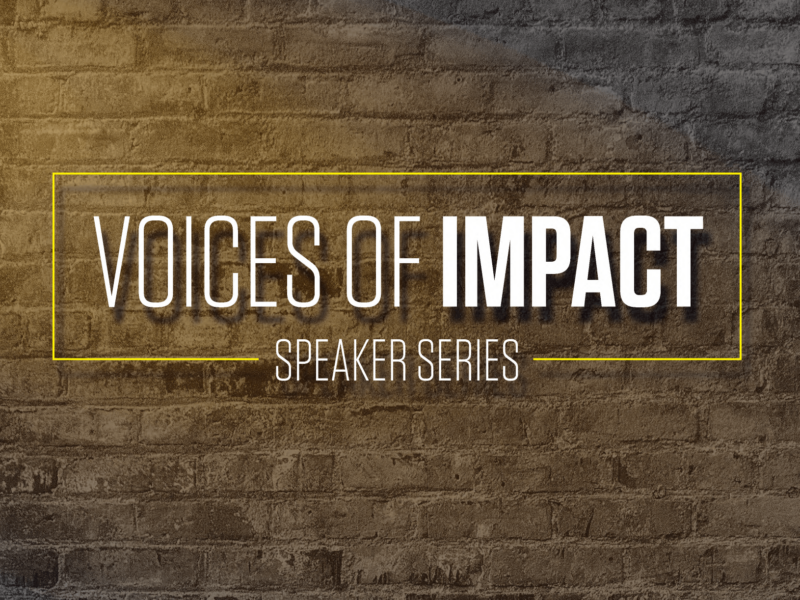Exploring Autism And Anxiety

Nearly one in three children experience an anxiety disorder, the most common mental illness in the United States. While anxiety disorders are treatable, less than 40 percent of those suffering receive treatment, according to the Anxiety and Depression Association of America.
When it comes to children with autism, that number is even higher. Anxiety in children with autism negatively impacts their social and emotional outcomes, relationships with peers and educational performance.
“We are just beginning to understand internalizing problems for children with autism, including anxiety-related disorders,” said Mack Burke, associate professor of special education. “In education, we tend to focus more on the externalizing side of the equation and neglect internalizing problems such as depression and anxiety, which are equally important for school success.”
Burke and one of his graduate students, Celal Perihan ‘19, who is now an assistant professor at Idaho State University, sought to learn more about treatment options for children with autism who also have anxiety.
One emerging treatment option is cognitive behavioral therapy (CBT). The primary goal of CBT is to teach individuals to identify irrational beliefs, monitor automatic thoughts and replace those thoughts with more realistic and adaptive ones.
“The main idea of CBT is that our fault thoughts affect both feelings and behaviors directly,” Perihan said. “If we are able to change the fault thoughts, we are also able to change the feelings and behaviors of an individual.”
Burke and Perihan wanted to further investigate the efficacy of CBT. They took it a step further than previous studies by looking at the impact of parent involvement and treatment length. This is the first meta-analysis to examine the impacts of these variables.
After reviewing 23 studies of CBT for children with autism, they found short-term interventions had a smaller impact than long-term interventions. Burke and Perihan said they believe the main reason for the difference is that using cognitive skills takes longer for children with autism, and they need more time to understand and apply new strategies for coping with their feelings.
Treatments with parental involvement also had a larger impact. Burke and Perihan said this is likely because parents also benefit from the treatment.
“Studies show that parents of children with autism also show some symptoms of parental stress and anxiety problems, and these problems intensify anxiety in their children,” Perihan said.
Parental involvement in CBT also gives parents strategies and techniques to assist their children with cognitive and behavioral issues at home.
Burke and Perihan point to the importance of future research on certain aspects of CBT. Specifically, they said there should be a focus on atypical anxiety symptoms to evaluate the treatment’s efficacy.
“Most interventions for children with internalizing problems, including those with autism, tend to be mental health-oriented and might be provided by a mental health provider,” Burke said. “We are behind in education regarding how educators can help support this particular group of children when internalizing problems come up.”
They hope future research continues to identify formal programs to assist with developing problem-solving and social-emotional competencies and skills, as well as strategies teachers might implement in the classroom. Perihan said the key is demonstrating CBT programs are implemented properly and include core components to consider them evidence-based practices for children with autism.
This story by Ashley Green originally appeared on the College of Education & Human Development website.





